1. Hampton Court was originally a Cardinal’s palace
Completed in 1515, Hampton Court was Henry VIII’s favorite summer residence. It epitomized Tudor fashion and style. But Henry didn’t have it built. He seized it.
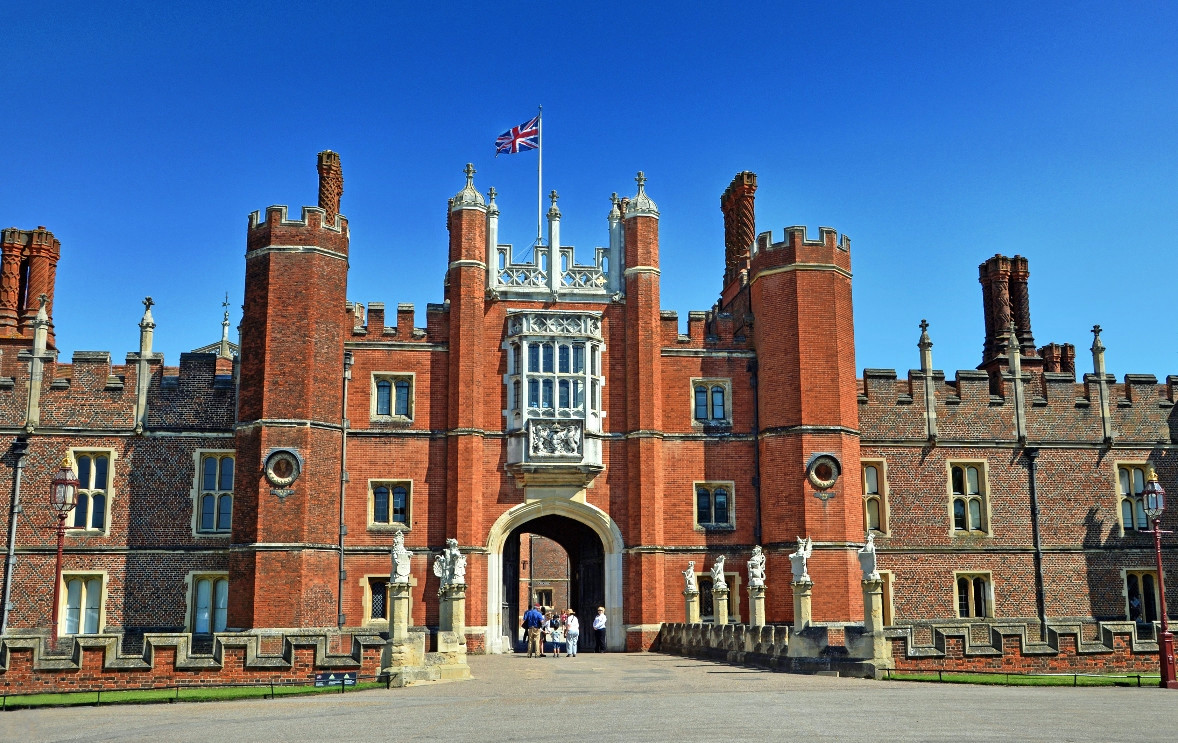 Hampton Court main entrance or ‘Great Gate’. Credit Duncan Harris
Hampton Court main entrance or ‘Great Gate’. Credit Duncan HarrisDesigned by Henry’s closest advisor, Thomas Wolsey, Hampton Court Palace was originally conceived as Wolsey’s own home—as a reward to himself for becoming Cardinal in 1515.
 Hampton Court moat. Credit David Farquhar, flickr
Hampton Court moat. Credit David Farquhar, flickrSparing no expense, Wolsey used glittering painted red brick with a black diamond pattern, white mortar joints and dozens of decorative chimneys—the largest collection in England.
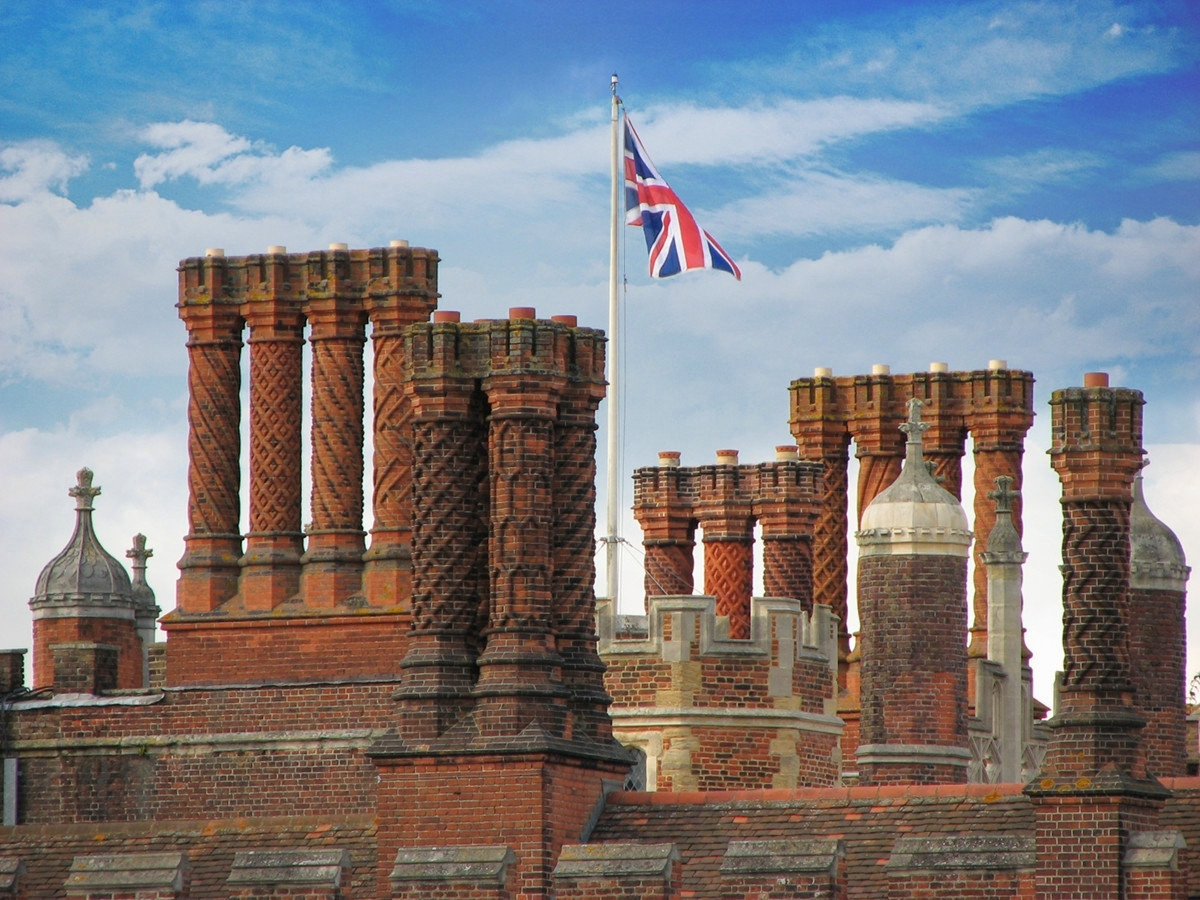 Decorative Tudor chimneys of Hampton Court Palace. Credit Cristian Bortes
Decorative Tudor chimneys of Hampton Court Palace. Credit Cristian Bortes Hampton Court Palace fountain. Credit Peter Trimming
Hampton Court Palace fountain. Credit Peter TrimmingIt’s opulence provoked gossip that it was finer than any of the King’s own palaces. So Wolsey smartly deflected criticism by saying he had built it for Henry all along.
But, your majesty, I was keeping it as a surprise for your birthday.
Good man, Wolsey. I knew I could trust you. Keep it up!King Henry and Cardinal Wolsey
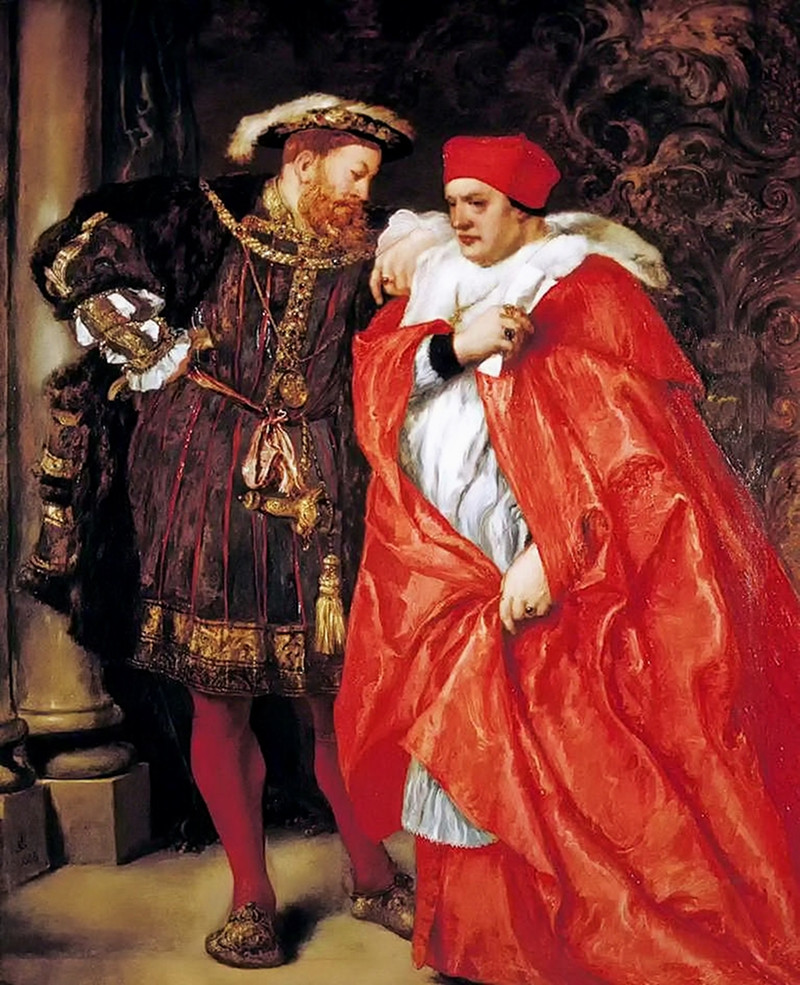 ‘Me and My King’ Henry VIII and Cardinal Wolsey by Sir John Gilbert c. 1886
‘Me and My King’ Henry VIII and Cardinal Wolsey by Sir John Gilbert c. 1886Interwoven into the stonework of Hampton Court is Catherine of Aragon’s royal emblem—pomegranate seeds that were meant to represent the potency of her kingdom. Next to it was carved the Tudor rose, indicating how serious Henry was about their relationship that lasted almost 24 years—longer than his five other marriages combined.
2. Hampton Court has the largest surviving 16th-century kitchens in the world
200 cooks worked slavishly from sunup to sundown to feed 800 guests when Henry’s entourage was staying at the palace.
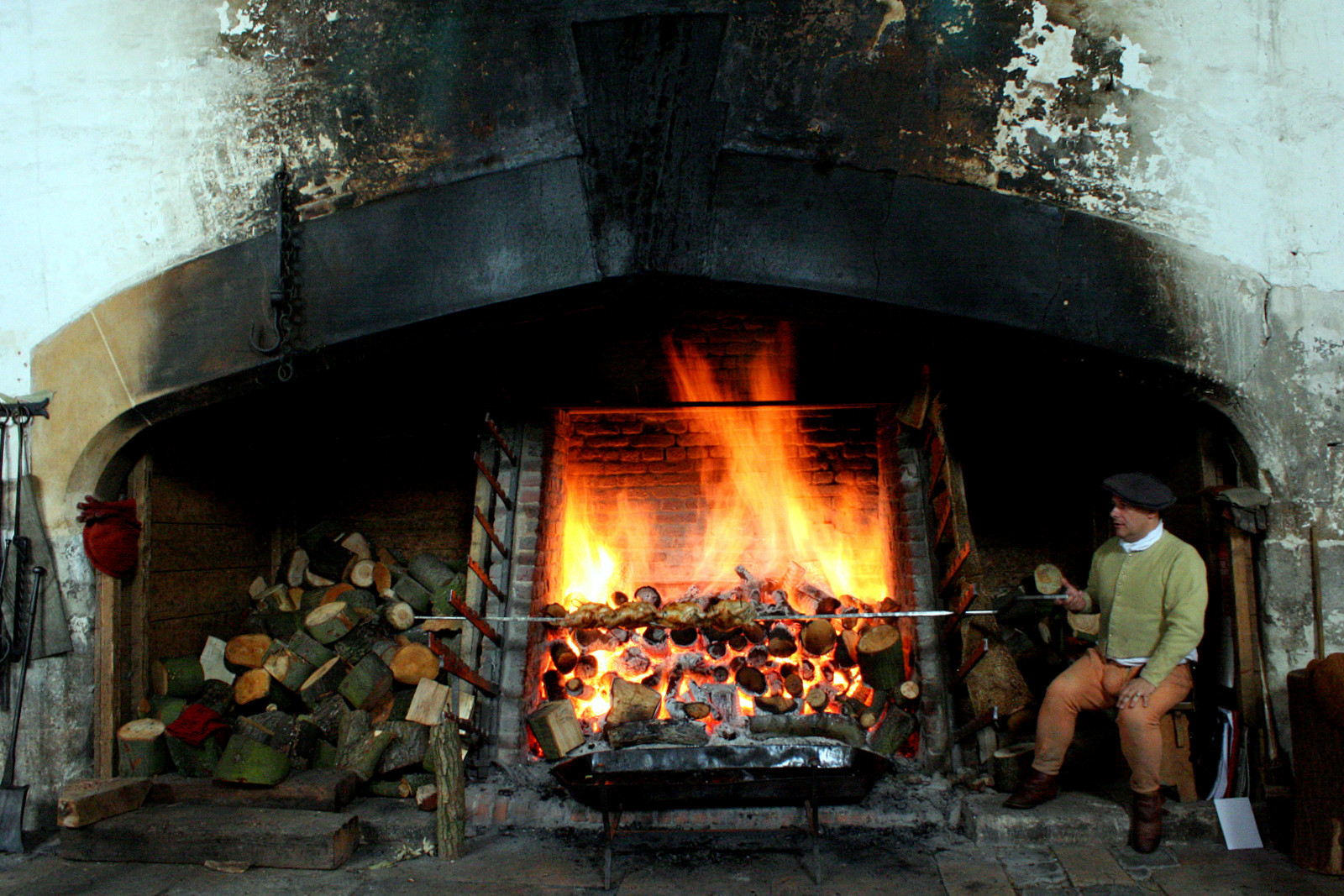 The Great Fires at Hampton Court kitchens. Credit Kotomi Creations
The Great Fires at Hampton Court kitchens. Credit Kotomi CreationsBurning a ton of wood in each of six huge fireplaces, the cooks sweated buckets and were rewarded with as much beer as they could drink.
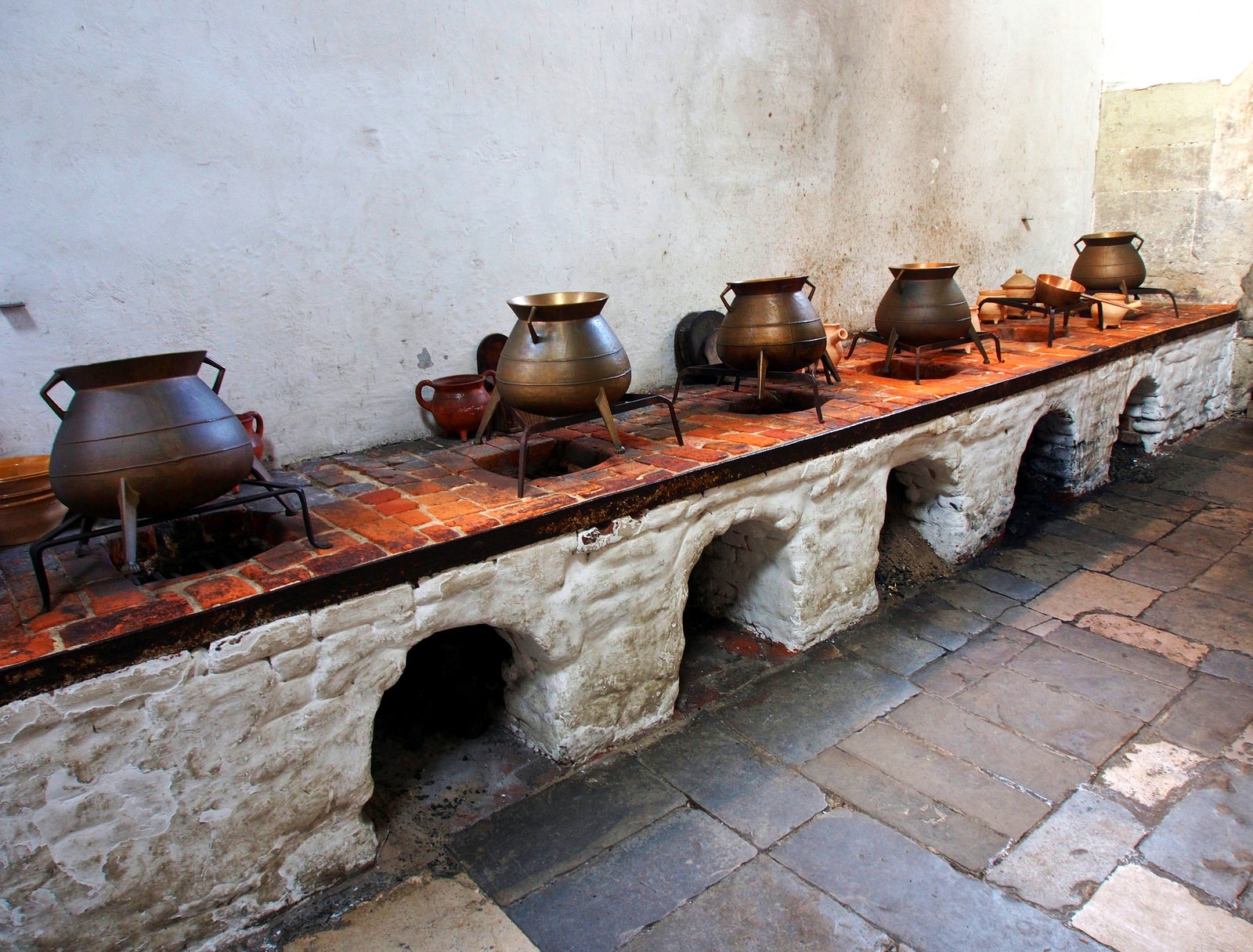 Hampton Court Kitchens. Credit David Farquhar, flickr
Hampton Court Kitchens. Credit David Farquhar, flickr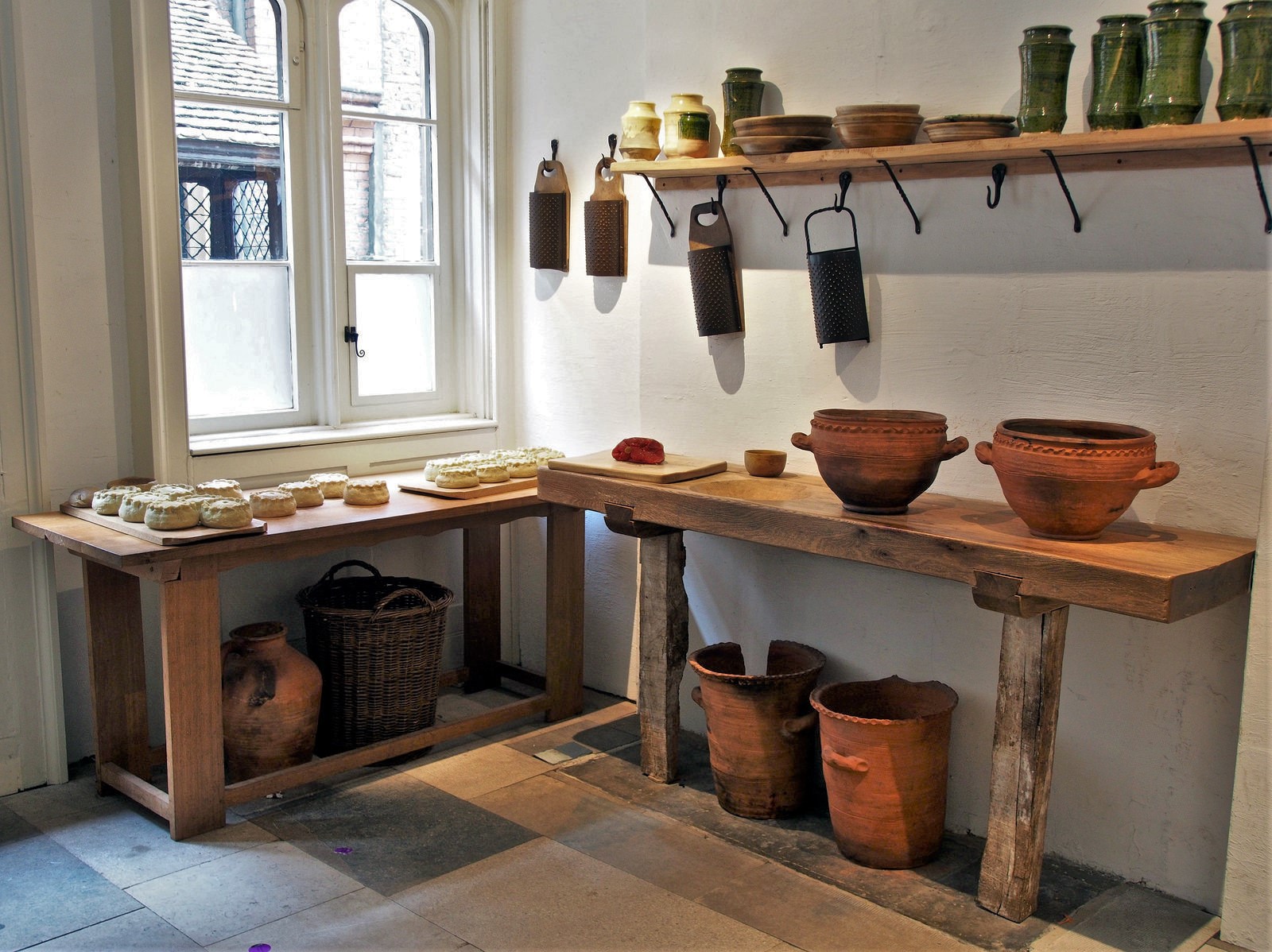 Hampton Court Kitchens. Credit David Farquhar, flickr
Hampton Court Kitchens. Credit David Farquhar, flickr3. Hampton Court Palace was the ultimate Tudor sports and leisure complex
Its 16th-century tennis court is one of the oldest sporting venues in the world.
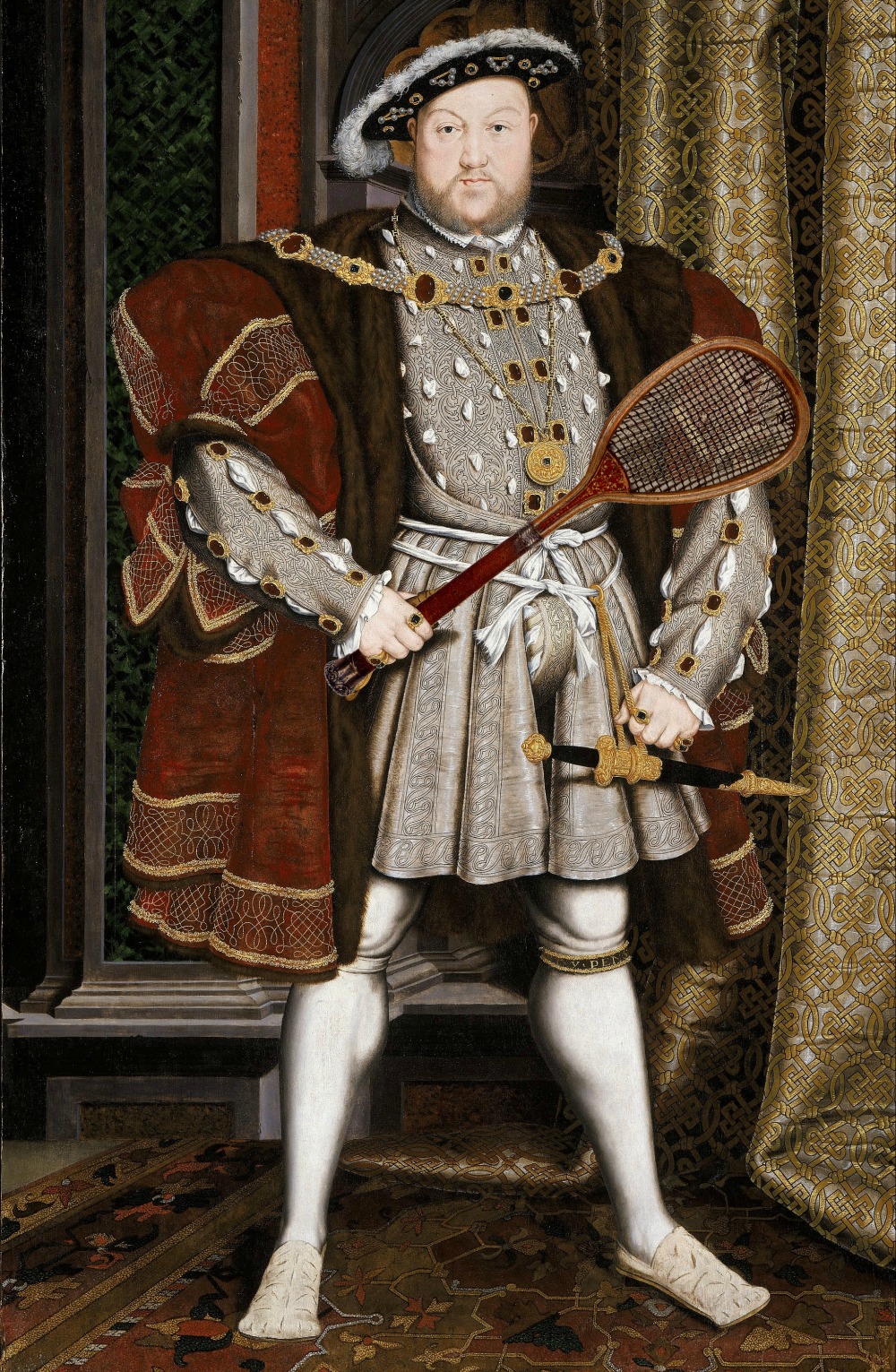 Henry VIII was a masterful tennis player
Henry VIII was a masterful tennis playerBut jousting was Henry’s favorite sport. Set amongst the 60 acres of formal landscaped gardens there was a jousting complex. He saw himself as a chivalrous knight in armor and risked serious injury every time he took part.
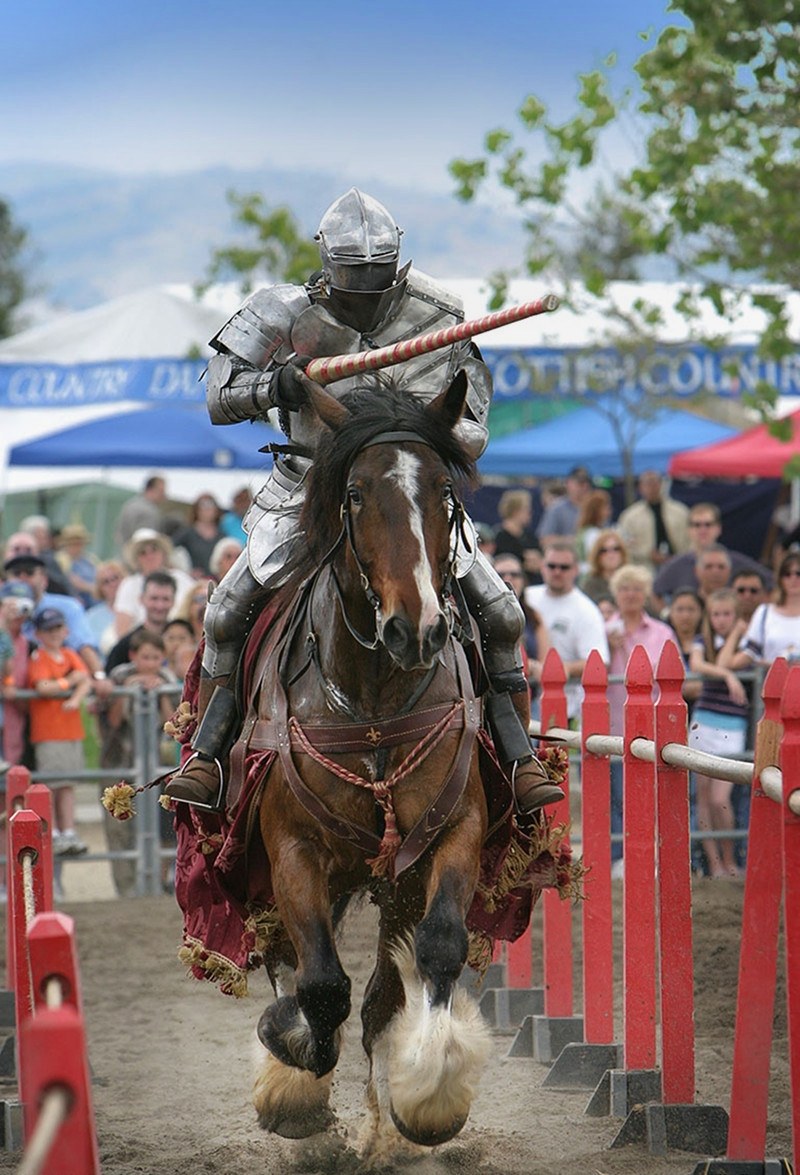 Jousting knight in a modern reenactment. Credit David Ball
Jousting knight in a modern reenactment. Credit David BallSplinters from shattered lances could blind and serious cuts might mean literally bleeding to death.
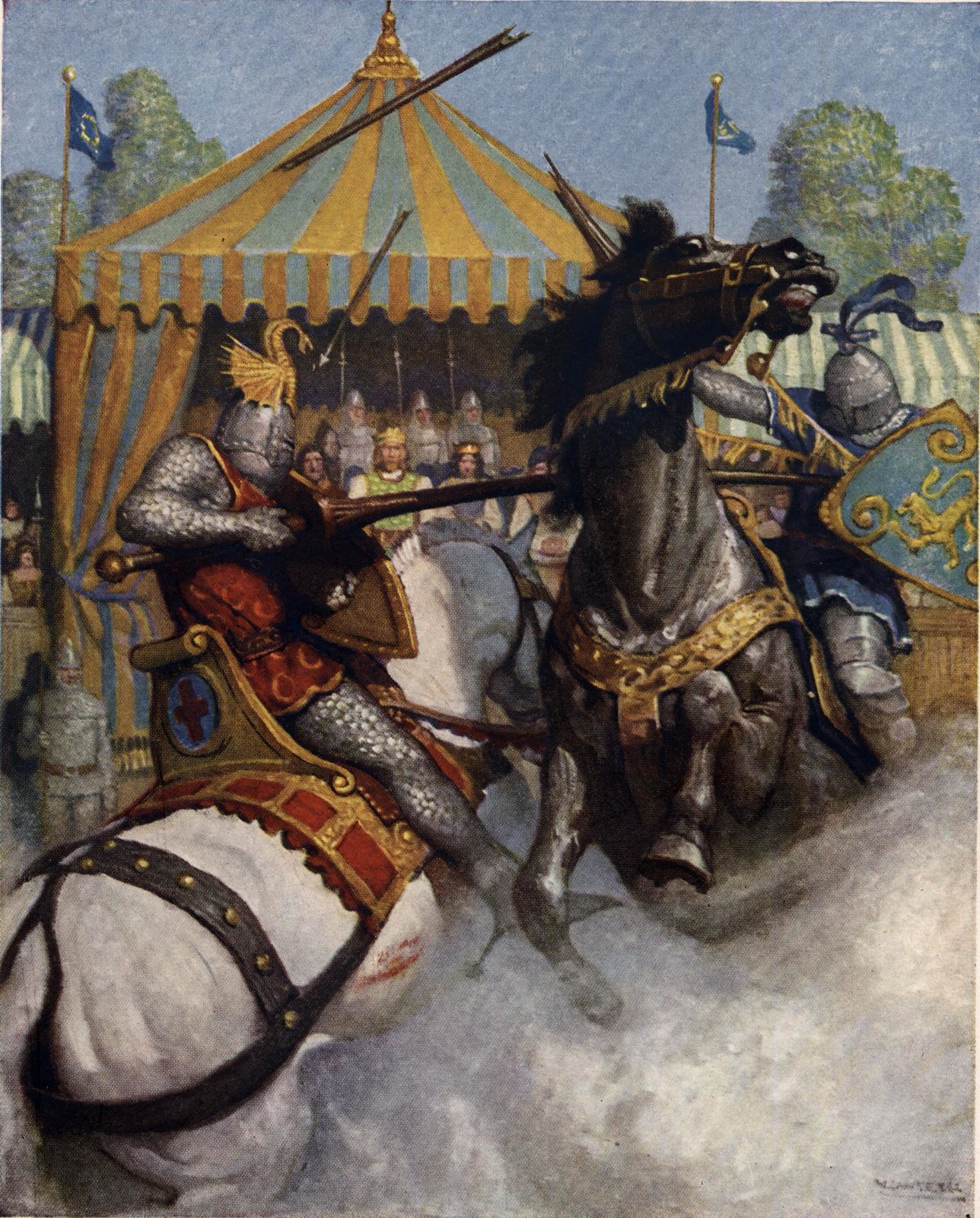
In 1536, Henry was knocked from his horse and crushed, as the horse—wearing armor and weighing probably half a ton—rolled over him, rendering him unconscious for two hours.
Opening an ulcer in his leg, Henry would suffer severe pain for the rest of his life. Some believe the constant pain changed him into an irascible tyrant.
Anne Boleyn was watching, and later suffered the miscarriage that would ultimately put her head on the block.
 Anne Boleyn in the Tower by Edouard Cibot, 1835
Anne Boleyn in the Tower by Edouard Cibot, 18354. Hampton Court has many priceless works of art
Commissioned by Henry VIII and hanging on the walls of the palace’s Tudor apartments are enormous paintings that tell a story of Henry’s battlefield conquests.
 The Field of the Cloth of Gold, c. 1545 in the Royal Collection at Hampton Court
The Field of the Cloth of Gold, c. 1545 in the Royal Collection at Hampton CourtTo celebrate the birth of his only son and heir, Edward, Henry commissioned a series of spectacular tapestries.
Considered one of the finest pieces of decorative artwork from the Tudor period, the “Abraham Tapestries” depict stories from the life of the biblical prophet Abraham.
Made with cloth of gold, each tapestry cost Henry the price of a warship.
 Tapestries in the Great Hall. Credit bvi4092, flickr
Tapestries in the Great Hall. Credit bvi4092, flickrPainted by Italian Renaissance artist Andrea Mantegna between 1484 and 1492, the Triumphs of Caesar depict a triumphal military parade of Julius Caesar in the Gallic Wars.
Thought to be Mantegna’s greatest masterpiece, the paintings are the best examples of their kind ever created.
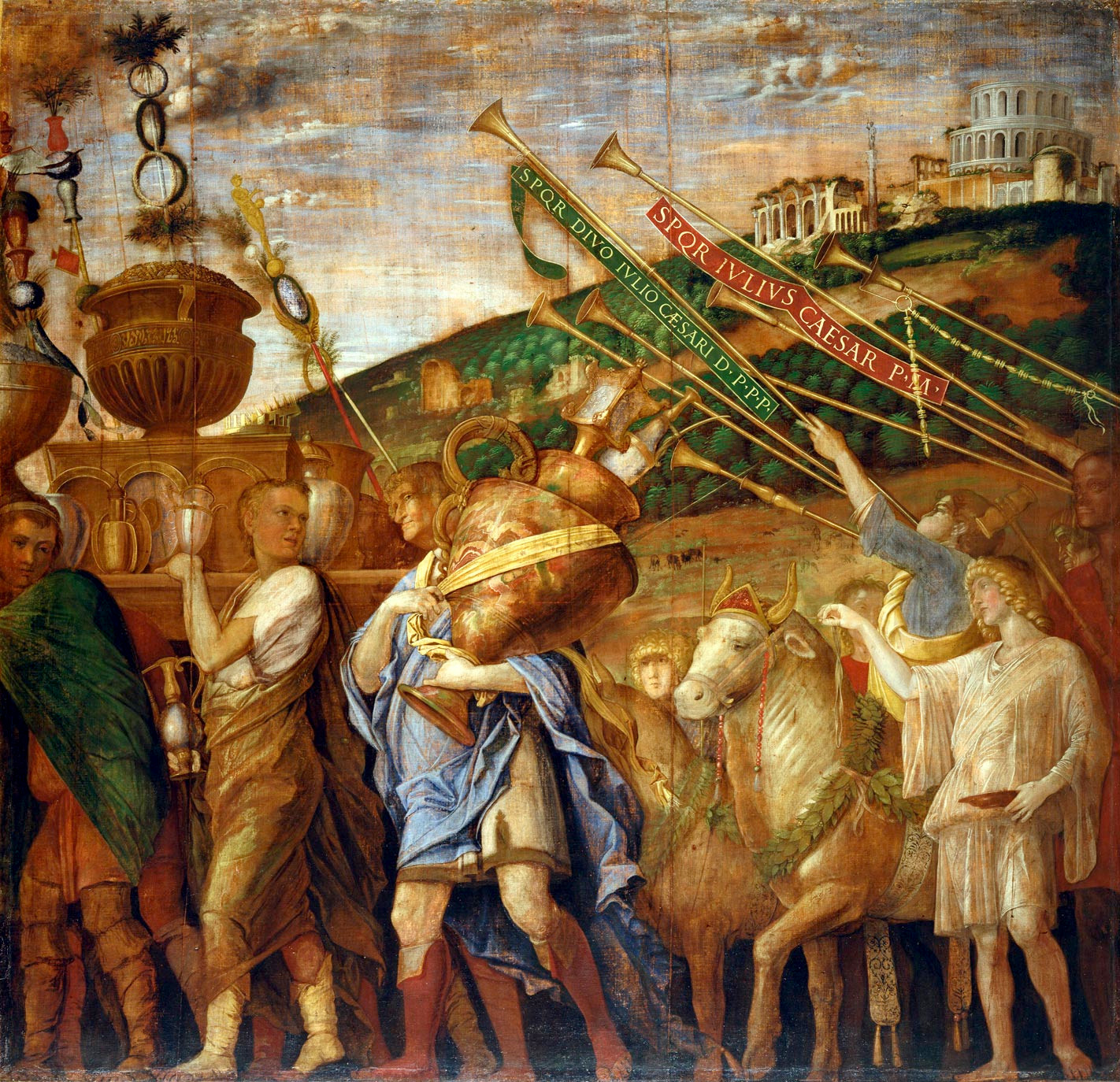 The Vase Bearers from the Triumphs of Caesar, Royal Collection, Hampton Court Palace, c 1500
The Vase Bearers from the Triumphs of Caesar, Royal Collection, Hampton Court Palace, c 15005. The Great Hall was a token of love from Henry to Anne Boleyn
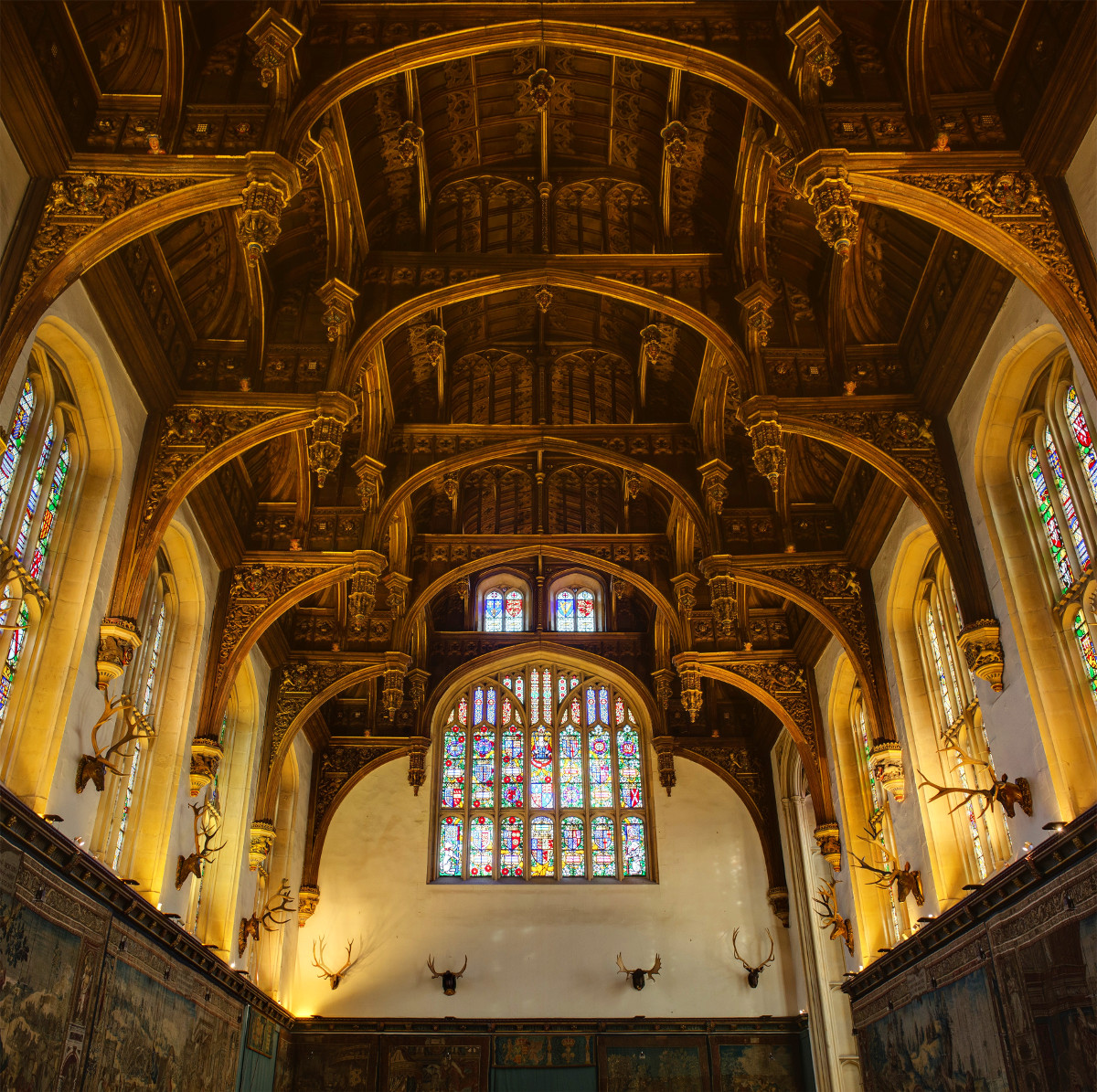 The ceiling of the Great Hall of Hampton Court Palace. Credit David Iliff
The ceiling of the Great Hall of Hampton Court Palace. Credit David Iliff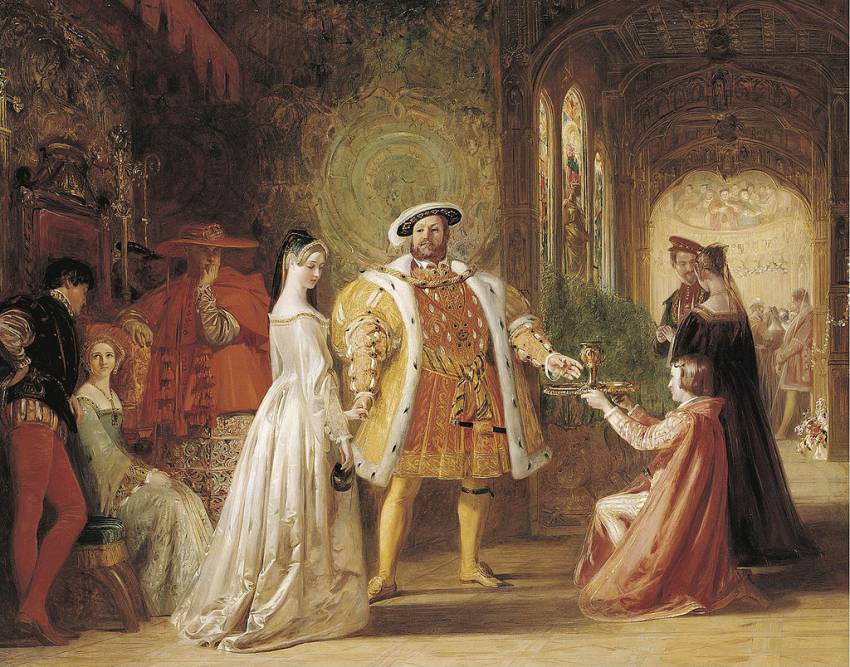 Henry VIII’s First Interview with Anne Boleyn by Daniel Maclise, R.A. – 1835
Henry VIII’s First Interview with Anne Boleyn by Daniel Maclise, R.A. – 1835The term “eavesdroppers” comes from the colorful little faces hanging from the eaves of the Great Hall looking down on courtiers below. A reminder that walls have ears.
 Hampton Court Eavesdropper. Credit Matt Brown
Hampton Court Eavesdropper. Credit Matt BrownAfter Anne Boleyn’s execution, Henry wiped all traces of her from Hampton court, apart from one of her symbols that the workmen missed. It remains to this day.
6. Hampton Court was the birthplace of the Church of England
Henry broke with the Roman Catholic church after Pope Clement VII failed to grant him an annulment of his marriage to Catherine of Aragon so that he could marry Anne Boleyn.
 Pope Clement VII vs King Henry VIII
Pope Clement VII vs King Henry VIIIDespite being opposed to Protestantism, Henry appointed himself Supreme Head of the Church of England to ensure the annulment of his marriage. Pope Paul III excommunicated him in 1538.
7. Hampton Court was the place for Tudor ladies to be seen in all their finery
Arriving suitably attired meant a lot of preparation, with up to five layers of clothing.
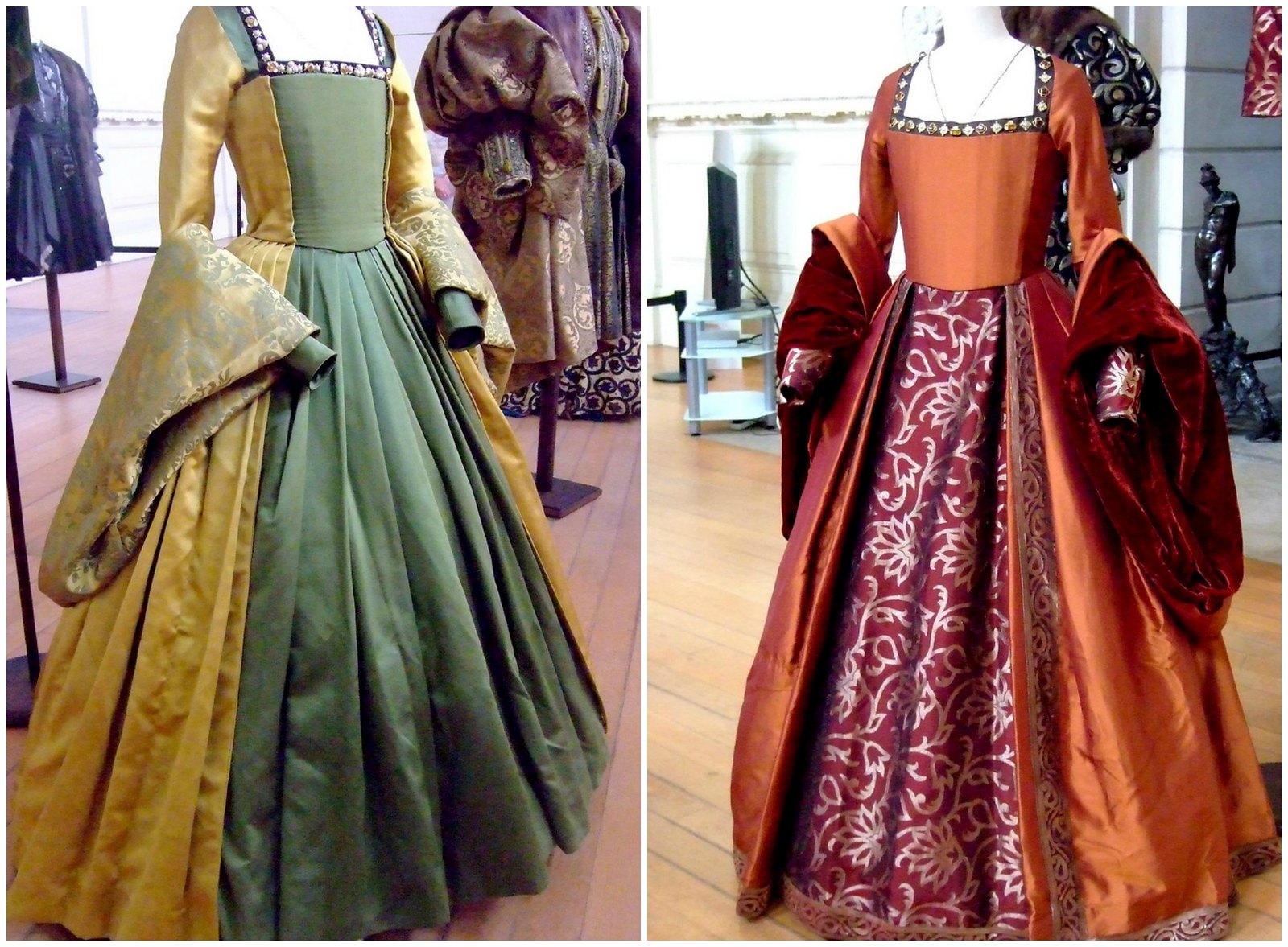 Tudor costumes at Hampton Court Palace. Credit Mary Harrsch, flickr
Tudor costumes at Hampton Court Palace. Credit Mary Harrsch, flickrThis portrait of Henry VIII’s third wife, Jane Seymour, shows the foresleeves that were separate pieces tied on with ribbons and matching the kirtle.
 Jane Seymour, Queen of England by Hans Holbein the Younger, 1536
Jane Seymour, Queen of England by Hans Holbein the Younger, 1536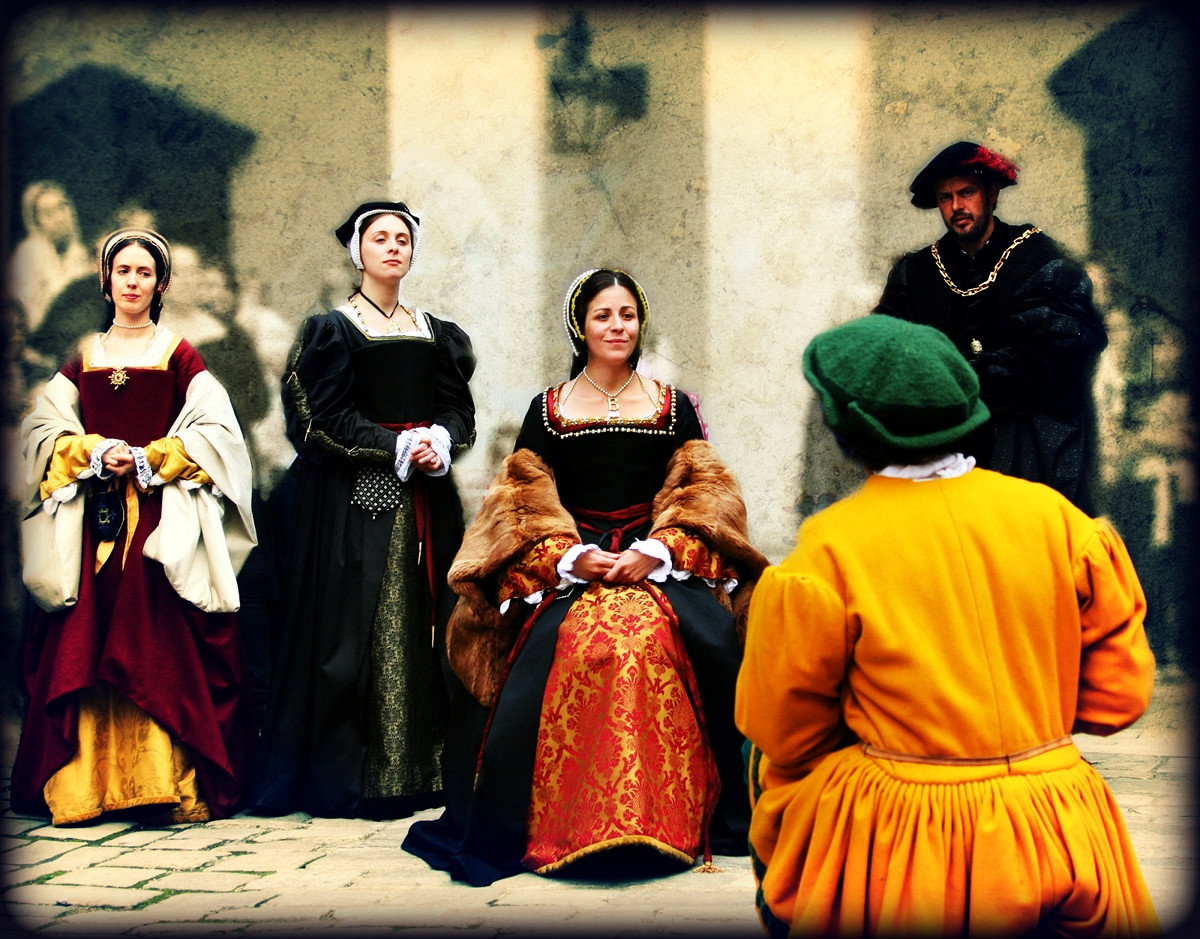 Queen Anne Boleyn at the Grand Jousting Tournament reenactment held at Hampton Court Palace. Credit KotomiCreations
Queen Anne Boleyn at the Grand Jousting Tournament reenactment held at Hampton Court Palace. Credit KotomiCreations8. The Great Watching Chamber was built in honor of Jane Seymour
Built in honor of Jane Seymour, the only wife to produce a male heir, the Great Watching Chamber was where courtiers would wait to see Henry. The ceiling is a lavish latticework of gilt interspersed with colorful leather maches.
 Ceiling of the Great Watching Chamber, Hampton Court Palace
Ceiling of the Great Watching Chamber, Hampton Court PalaceLess than two weeks after the birth of her only child, who became King Edward VI, Jane Seymour died of postnatal complications.
 Stained glass window in the Great Watching Room. Credit David Farquhar
Stained glass window in the Great Watching Room. Credit David FarquharThe only one of Henry’s wives to receive a queen’s funeral, Jane’s heart and lungs are kept inside a lead box hidden behind the altar of the chapel at Hampton Court.
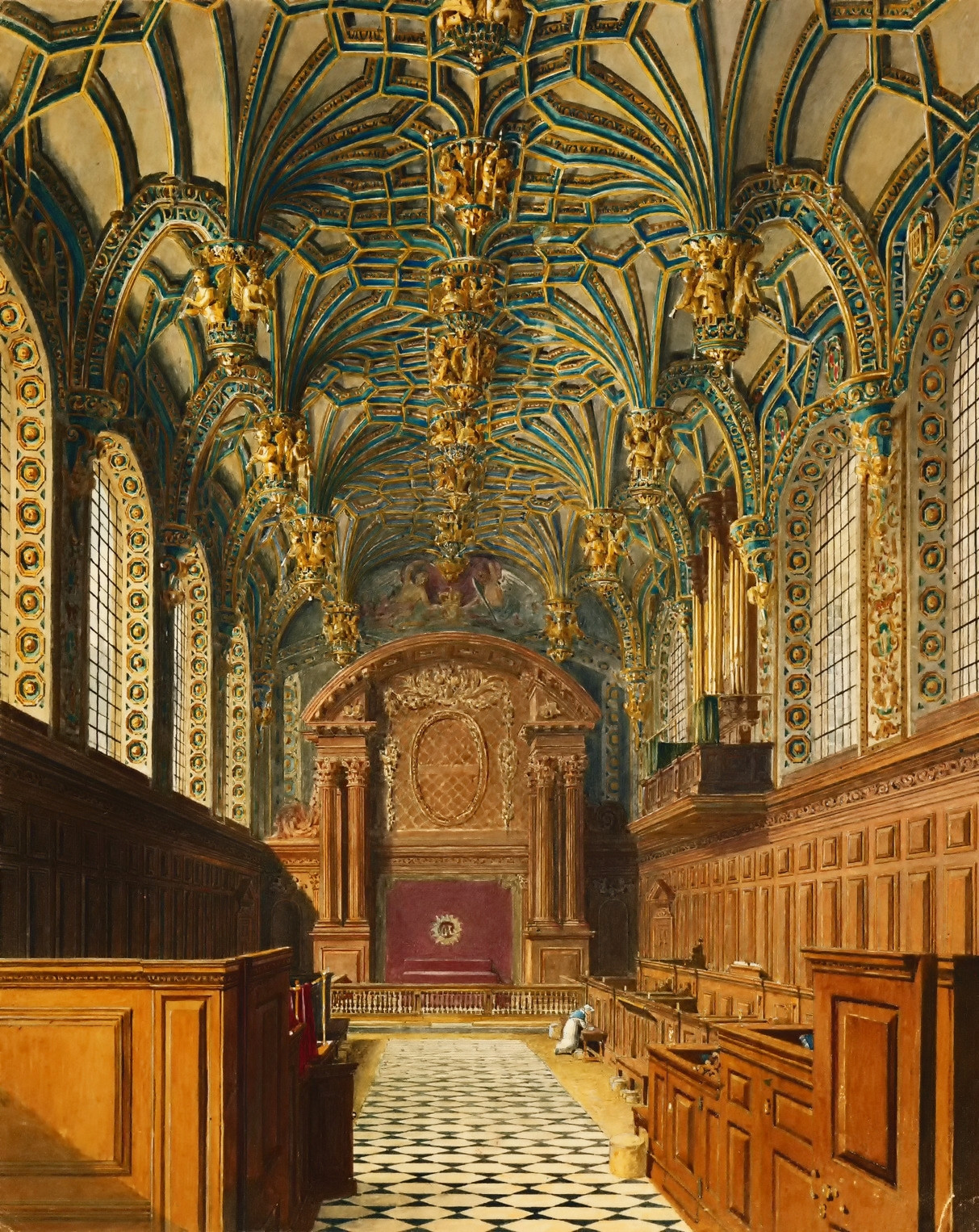 The Chapel, Hampton Court Palace, 1819
The Chapel, Hampton Court Palace, 18199. Hampton Court was the home of King William III and Queen Mary II
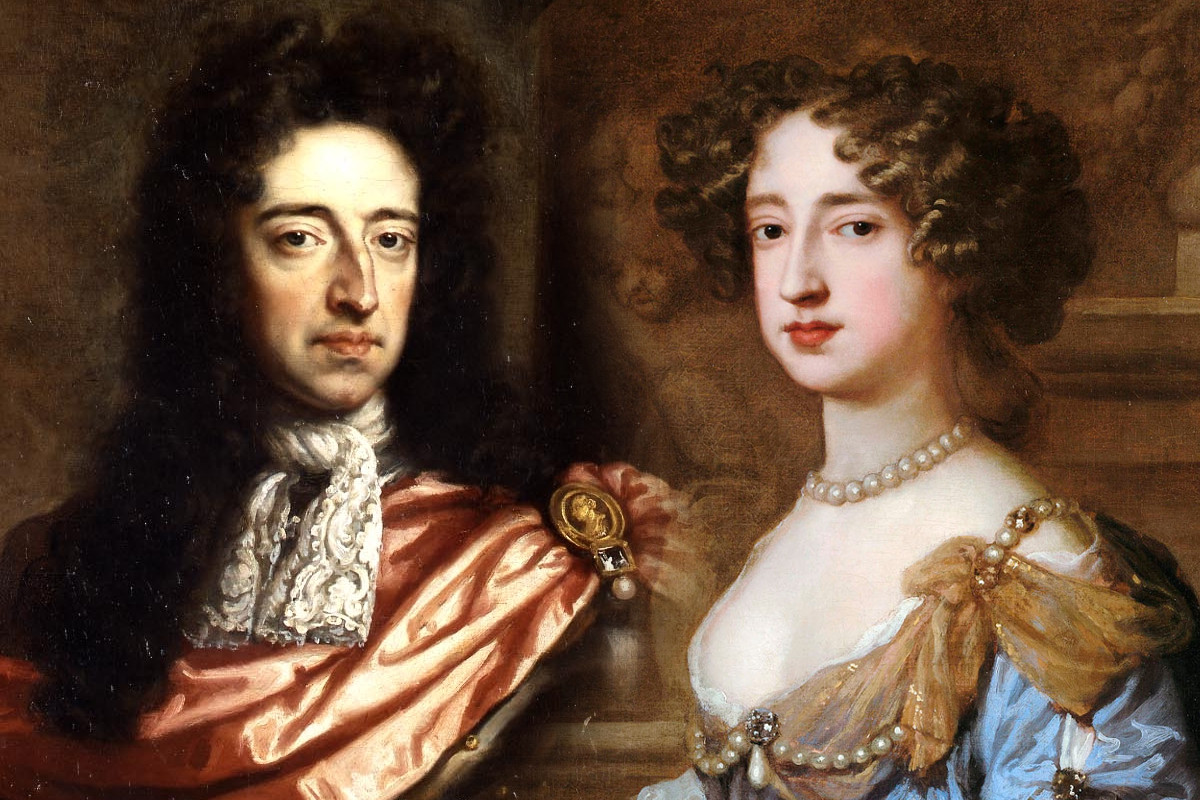 William III and Mary II
William III and Mary IISir Christopher Wren was commissioned to redesign the palace in the style of Versailles. Lack of funds meant that only half the palace was rebuilt.
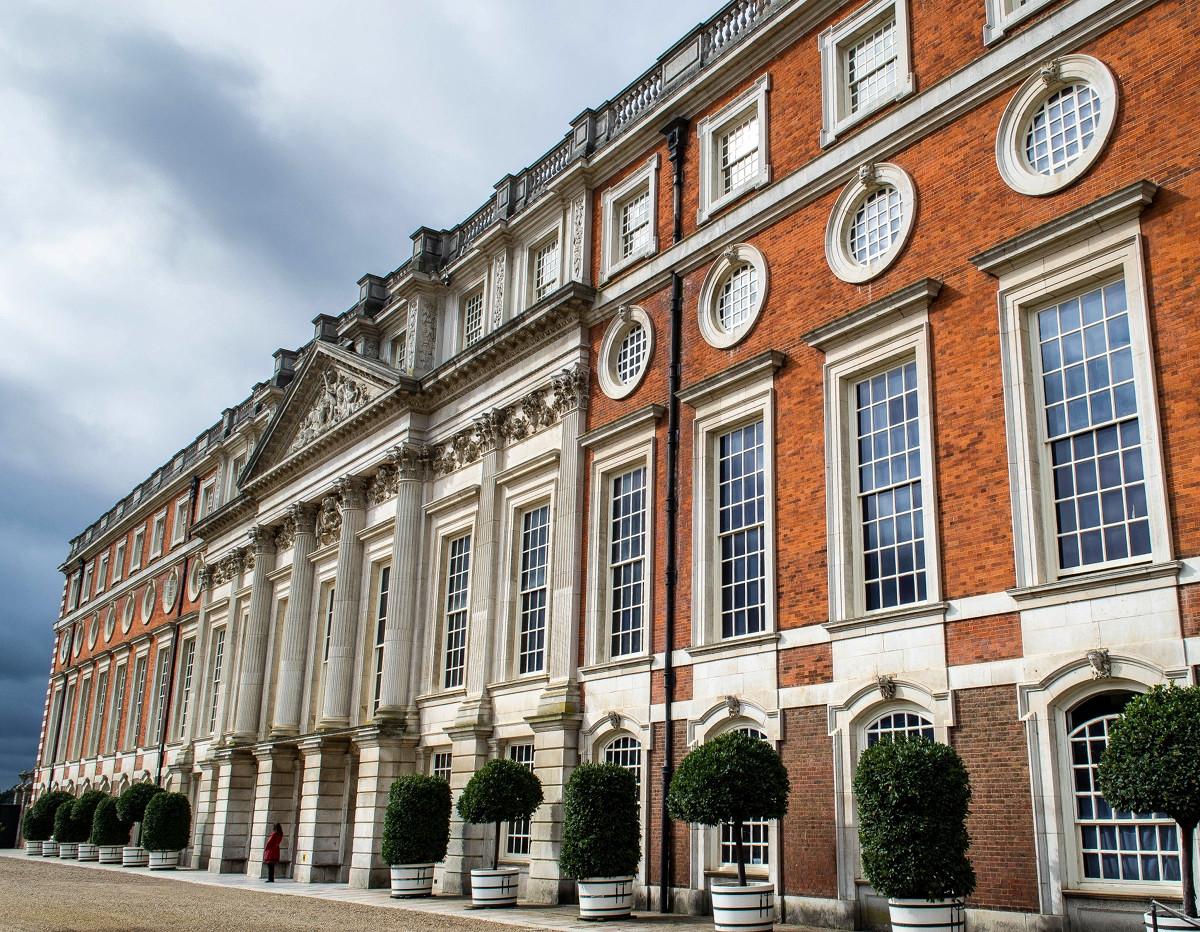 The East Front, Hampton Court Palace. Credit MrsEllacott
The East Front, Hampton Court Palace. Credit MrsEllacott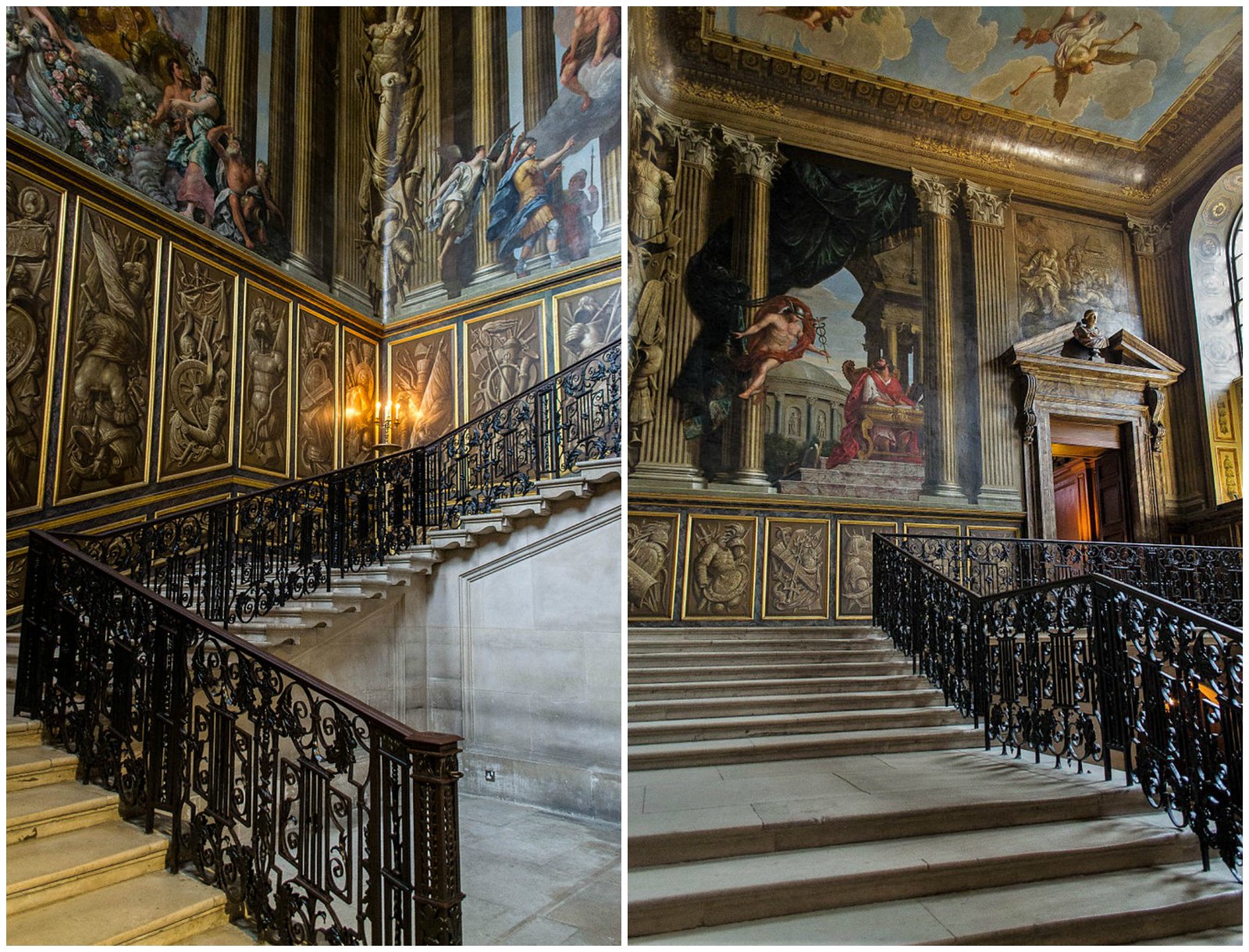 Staircase, Hampton Court Palace. Credit MrsEllacott
Staircase, Hampton Court Palace. Credit MrsEllacott A view of Queen Mary’s State Bedchamber at Hampton Court Palace
A view of Queen Mary’s State Bedchamber at Hampton Court Palace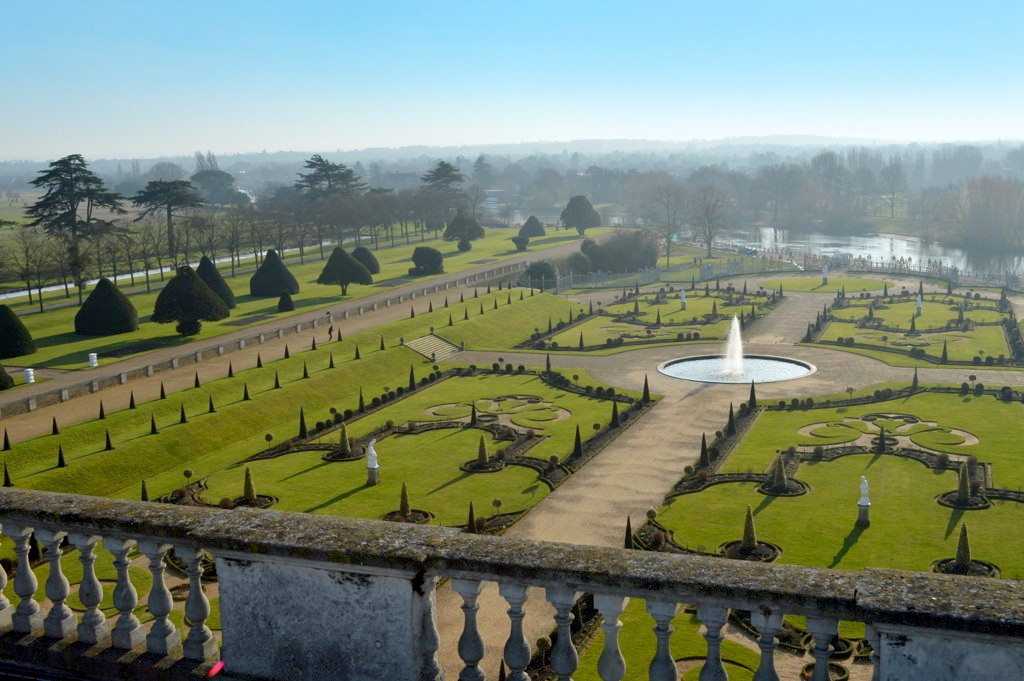 Hampton Court Privy Garden. Credit Matt Brown, flickr
Hampton Court Privy Garden. Credit Matt Brown, flickr10. Hampton Court was a fusion of architectural styles and periods
The Hampton Court we see today is a unique fusion of two different styles of architecture—Tudor and Baroque—and two different worlds set 150 years apart, covering the Tudor and the Stuart eras.
Even its ghosts travel across the threshold of time.
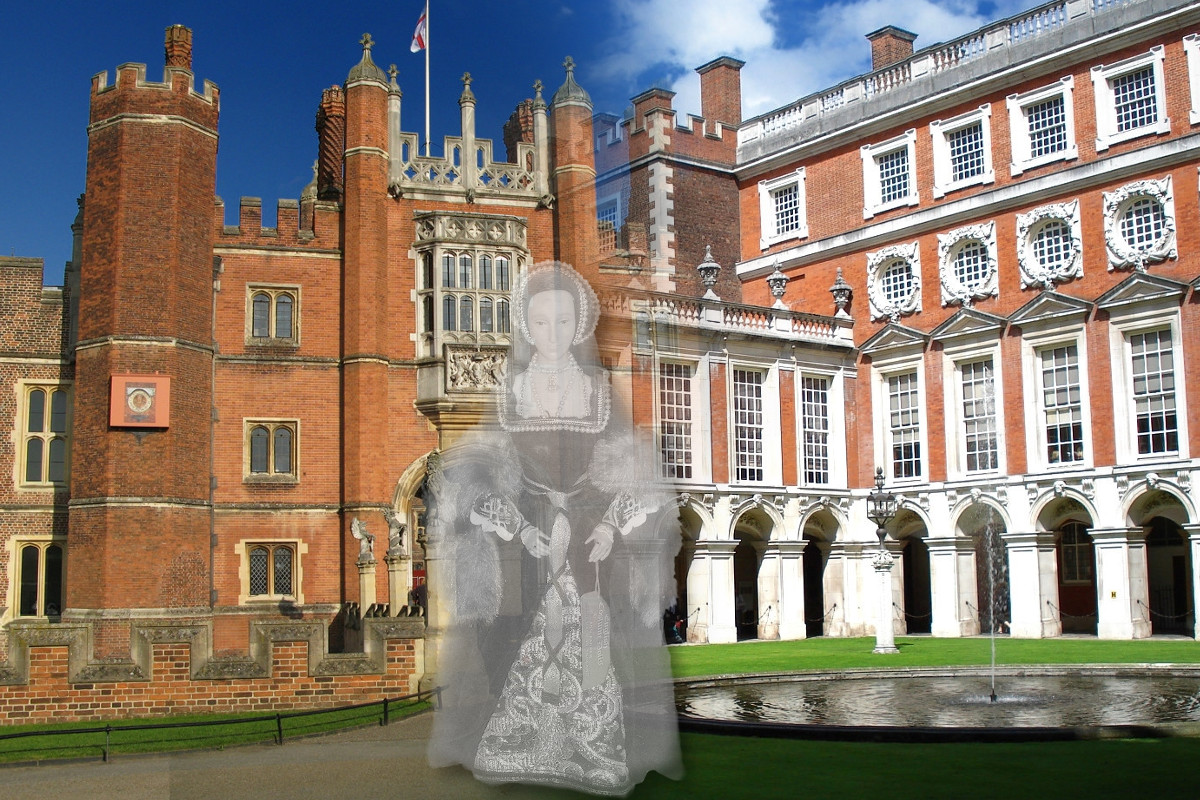 Anne Boleyn’s Ghost
Anne Boleyn’s Ghost http://britainandbritishness.com/wp-content/uploads/2016/09/Hampton-Court-800-x-400-150x75.jpg 150w,
http://britainandbritishness.com/wp-content/uploads/2016/09/Hampton-Court-800-x-400-150x75.jpg 150w, 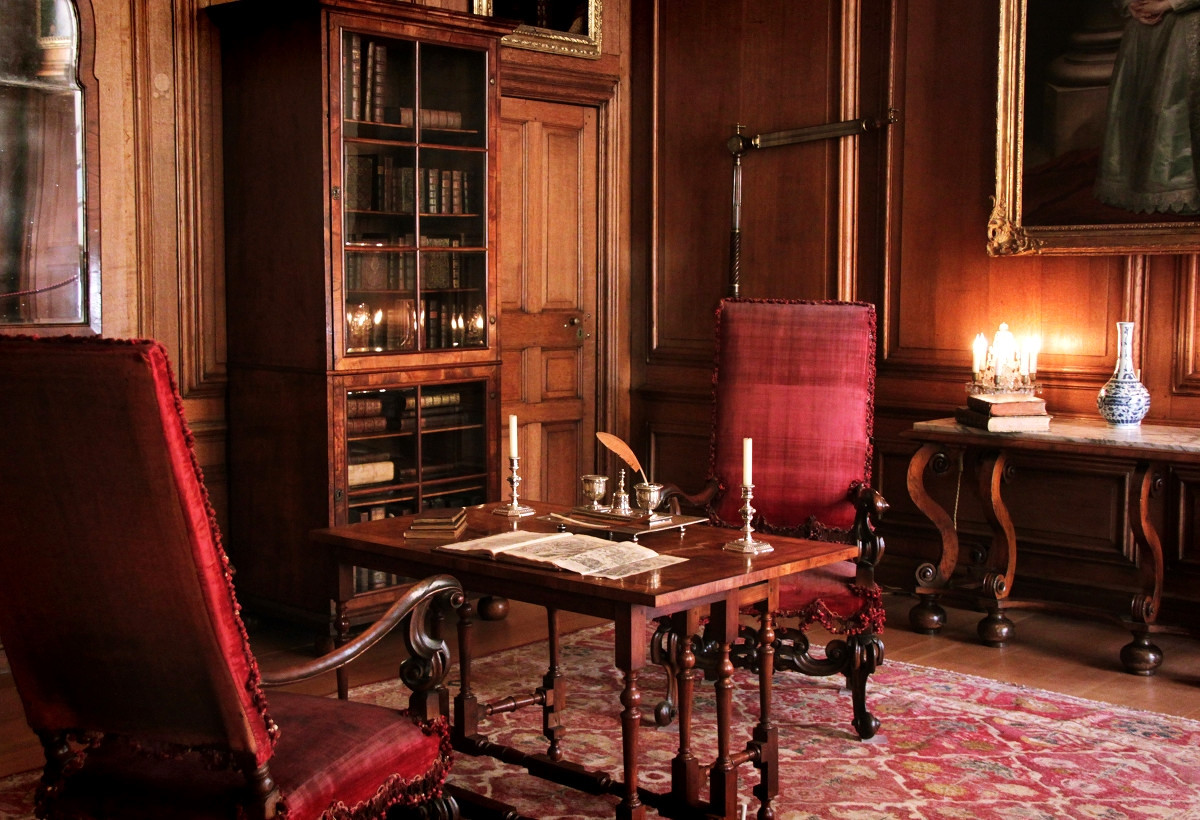













Pentru a putea adăuga comentarii trebuie să fii membru al altmarius !
Alătură-te reţelei altmarius